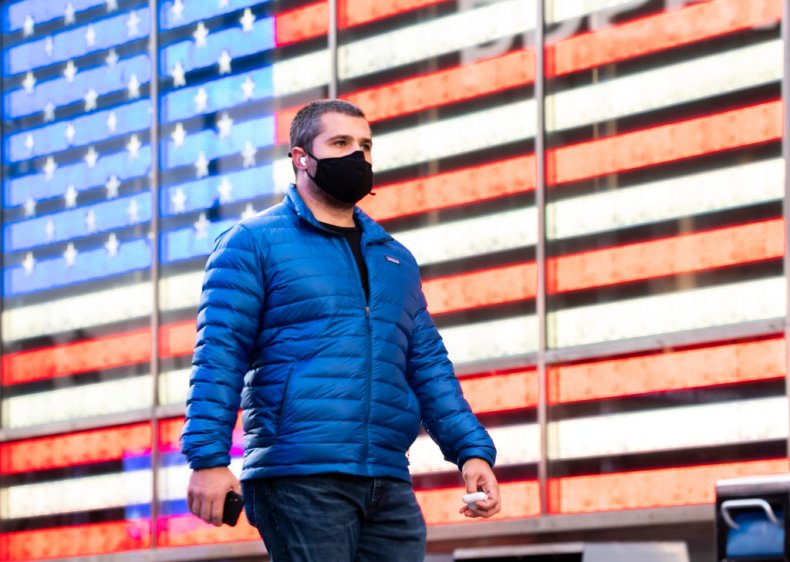The spread of several different variants of the COVID-19 virus poses “a very real threat to our people and our progress” and could trigger “a potential fourth surge of cases” in the U.S., the head of the Centers for Disease Control and Prevention (CDC) has warned.
Dr. Rochelle Walensky has urged the public to continue complying with measures that limit the spread of COVID-19, including wearing a mask, social distancing, washing your hands and getting vaccinated.
Numerous different variants of COVID-19 are spreading in the U.S., but three in particular—B.1.1.7, B.1.351 and P.1—are causing real concern. They share a specific mutation called D614G, which gives them the ability to spread more quickly than other variants.
The B.1.1.7 variant, which was first detected in the U.K. in September 2020, was found in the U.S. for the first time at the end of December.
Some 2,400 infections involving the B.1.1.7 variant have been reported in the U.S. across 46 states, according to CDC data, but the true number is likely to be significantly higher.
The CDC expects the B.1.1.7 variant to become the dominant form of the virus in the U.S. by the end of this month.
The B.1.351 variant was first detected in South Africa in October 2020, and was reported in the U.S. for the first time at the end of January 2021.
Some 53 infections involving the B.1.351 variant have been reported in the U.S. across 16 states, according to CDC data, but preliminary tests have suggested that the Moderna and Novavax vaccines may be less effective against it.
Experts are, however, hopeful that existing vaccines will still offer protection from serious disease caused by B.1.351, and booster shots against the variant are also in development.
The P.1 variant, which was first detected in four travelers from Brazil to Japan in early January, was reported for the first time in the U.S. in late January.
Ten infections involving this variant have been reported in the U.S. across five states, according to CDC data, and there is evidence to suggest that some of the mutations in the P.1 variant may affect the ability of antibodies to recognize and neutralize the virus.
While the B.1.1.7, B.1.351 and P.1 variants are more contagious, there is no evidence yet to suggest that they cause more severe illness.
However, as a report released by the CDC on January 15, explains, “a higher rate of transmission will lead to more cases, increasing the number of persons overall who need clinical care, exacerbating the burden on an already strained health care system, and resulting in more deaths.”
Additional new variants are believed to have originated in New York (B.1.526) and California (B.1.427/B.1.429), and further new variants will likely be detected over time.
The COVID-19 virus is constantly changing through mutation, and scientists are using a process called genomic sequencing to decode the variants, with the aim of understanding how they evolve, how their mutations help them to spread, how the disease they cause differs from that caused by other variants, and the effects they may have on existing vaccines and tests.

Noam Galai/Getty Images
No comments:
Post a Comment